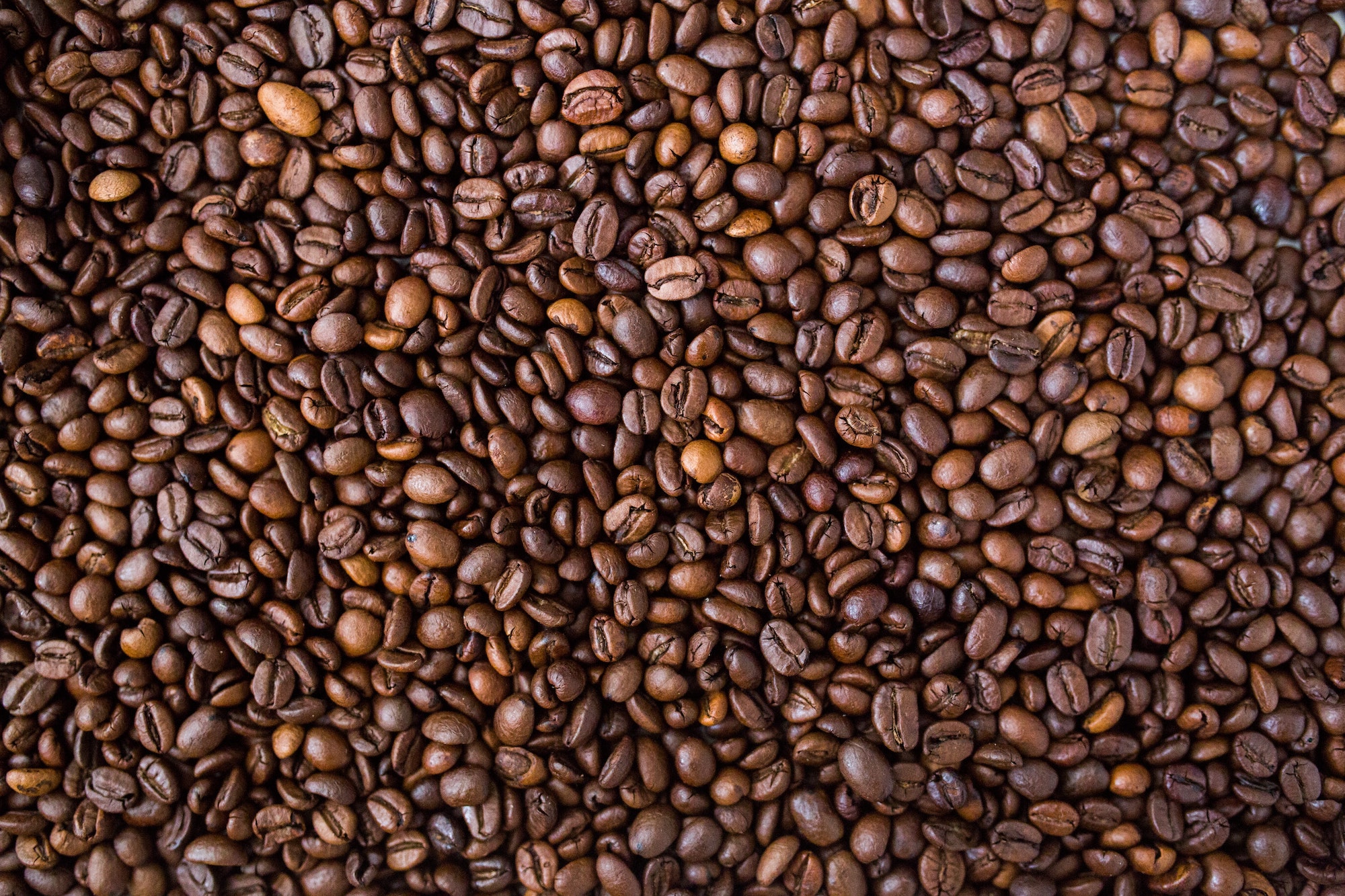The bean belt, the narrow band between the tropics of Cancer and Capricorn, is where the magic of coffee cultivation happens. Here, ideal temperatures, rainfall, and altitude converge to produce the world’s most celebrated coffee beans. In this exploration, we’ll journey through South America, Central America, the Middle East, Africa, and Southeast Asia to savor their unique coffee profiles.
1. South America
Brazil: As the world’s leading coffee producer, Brazil offers beans that are nutty, with low acidity and chocolatey notes. The regions of Minas Gerais and São Paulo are particularly celebrated for their production.
Coffee was introduced to Brazil in the 18th century, and by the 19th century, the country became the world’s largest coffee producer, a title it still holds. Brazilian coffee often displays flavors of peanuts and chocolate. Some varieties may also present fruity undertones. Given the vastness of the country, there’s a wide range of profiles, from light and juicy to heavy-bodied and cocoa-toned.
Colombia: Coffee reached Colombia in the early 18th century. By the 20th century, the iconic image of Juan Valdez had come to symbolize the quintessential Colombian coffee farmer. Colombian coffees are typically balanced, with bright acidity and notes of caramel and fruits. The best lots can exhibit flavors reminiscent of tropical fruits, like guava or passion fruit, with a backdrop of juicy acidity. The Andes Mountains provide the perfect altitude for cultivating the Arabica variety.
2. Central America
Guatemala: Nestled in the heart of Central America, Guatemala’s high altitudes, combined with a diverse climate, make it a haven for coffee cultivation. Historically, coffee was introduced by Jesuit missionaries in the 18th century, and over time, it became a central pillar of the Guatemalan economy. Guatemalan beans are famous for their deep, full body and a chocolatey richness, often highlighted with sparkling apple-like acidity.
Honduras: Coffee in Honduras has a history dating back to the late 18th century, though it only gained prominence in the global market in recent decades. With its mountainous terrains providing a variety of microclimates, Honduran beans can exhibit flavors ranging from tropical fruits to deep cocoa, with a consistent caramel-like sweetness.
Costa Rica: As one of the first Central American countries to cultivate coffee, Costa Rica’s journey began in the early 19th century. The country’s strict regulations on using only Arabica beans ensure a high-quality yield. Costa Rican coffees are celebrated for their bright, vibrant flavors—often notes of apricot, berries, or citrus—and a velvety, medium body that finishes with a touch of honeyed sweetness.
In general, Central American beans are known for their harmonious balance between acidity and sweetness. The interplay of flavors like citrus, stone fruits, and sugary overtones like caramel or toffee makes them particularly delightful. Each sip leaves a medium-bodied, pleasant, and lingering aftertaste, inviting the drinker to take another.
3. The Middle East
Yemen is historically significant in the coffee world. By the 15th century, Yemeni ports were major hubs for coffee trading, from where the beans made their way to India, Europe, and beyond. Yemeni coffees are exotic and complex. They’re often characterized by wine-like or dried fruit flavors, with a rich body and spicy notes.
4. Africa
Ethiopia: The legendary homeland of coffee, Ethiopia is where Coffea Arabica originates. The story goes that a goat herder named Kaldi discovered the beans after observing the energizing effects on his goats. Ethiopian beans vary widely due to the country’s diverse growing regions. Sidamo often has berry flavors; Yirgacheffe can be tea-like with floral and citrus notes, while Harrar might be winey and wild.
Other African countries, like Kenya, produce beans known for their vivid acidity and blackcurrant flavors, while Tanzanian coffee is lighter, with a sharp, crisp acidity.
5. Southeast Asia
Indonesia: Dutch colonists introduced coffee to Indonesia in the late 1600s. Today, the islands of Sumatra, Java, and Sulawesi are among the most renowned coffee-producing regions. Indonesian coffees are often full-bodied with low acidity. Sumatran beans, for instance, can exhibit flavors of cedar, spice, and often a unique earthiness.
Vietnam: French missionaries introduced coffee to Vietnam in the mid-19th century. Today, it’s the world’s second-largest coffee producer, primarily Robusta beans. When brewed using traditional Vietnamese methods, it results in a dark, intense brew, sweetened with condensed milk for a contrasting flavor.
Sustainability in Coffee Cultivation
The importance of sustainable coffee cultivation cannot be overstated. Traditional farming methods can often lead to deforestation, soil degradation, and reduced biodiversity. However, sustainable practices, such as shade-grown coffee, reduce the environmental impact and promote ecological harmony. Organic farming, in particular, avoids synthetic fertilizers and pesticides, emphasizing soil health.
Regions like Central America and Ethiopia are at the forefront of these sustainable practices. Brands and cooperatives in these regions prioritize not only the environment but also fair wages and community development.
Leading Sustainable Coffee Brands
- Stumptown Coffee Roasters: With beans sourced from various regions, Stumptown emphasizes transparency, sustainability, and quality.
- Equal Exchange: Partnering with small coffee farmers, they champion organic farming and fair trade practices.
- Counter Culture Coffee: Known for its emphasis on education, this brand is committed to sustainability and quality, sourcing beans from various regions, including Ethiopia and Central America.
The world of coffee is as diverse as the regions it comes from. Each cup tells a story of its origin, the hands that nurtured it, and the traditions that cherish it. As consumers, choosing sustainably-grown coffee supports the environment and the dedicated farmers who cultivate our beloved beans. So, the next time you sip your brew, savor not just its taste but also its journey from the bean belt to your cup.



